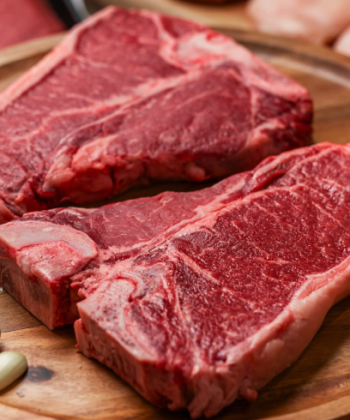Stocking a restaurant is a critical component of its success, playing a pivotal role in both the customer experience and the overall efficiency of operations. From selecting the freshest ingredients to ensuring a well-rounded inventory of supplies, the process can be overwhelming for new and established restaurateurs alike.
This guide aims to provide a comprehensive approach to stocking your restaurant, covering essential items, inventory management techniques, and insights into seasonal trends that can help you make informed decisions. Whether you’re launching a new venue or looking to streamline your existing operations, understanding how to effectively stock your restaurant is key to delivering exceptional culinary experiences to your guests.
Understanding Your Menu Needs
Before diving into the stocking process, it’s essential to have a deep understanding of your menu offerings. Each dish requires specific ingredients and supplies, and knowing precisely what your restaurant will serve helps streamline your inventory. Take time to analyze your menu items, paying attention to the seasonality of ingredients and the popularity of certain dishes. This analysis will guide you in making decisions about which items to focus on and how much to order.
Buying in bulk is a strategy that many restaurant owners use to save on costs. For example, bulk maple syrup can be used in both savory and sweet dishes, making it a versatile ingredient to have on hand. Additionally, you may discover that some ingredients are more cost-effective when purchased in large quantities, while others are better bought in smaller amounts to avoid spoilage or wastage.
Building Relationships with Suppliers
Developing strong relationships with suppliers is crucial for ensuring a consistent, high-quality stock for your restaurant. Regular communication with your suppliers can lead to better pricing, volume discounts, and increased reliability. Prioritize building a diverse network of suppliers, so you’re not solely reliant on one source for your ingredients. This approach safeguards your operations against unforeseen shortages or price fluctuations.
Additionally, consider visiting suppliers to see the quality of their products and understand their operations. This engagement helps cultivate trust and can often lead to advantageous arrangements. A solid relationship with your suppliers can also provide access to seasonal or under-utilized products, allowing you to create unique dishes that stand out in a competitive market.
Implementing Effective Inventory Management Techniques
An efficient inventory management system is critical for minimizing waste and ensuring that you always have the necessary supplies on hand. Start by setting par levels for each item based on usage rates and lead times. This practice helps to streamline your ordering process and reduces the risk of overstocking or running out of essential supplies. Utilizing digital inventory management tools can simplify tracking and reporting.
Regular inventory audits are another key aspect of effective management. Conducting these audits gives you insight into your stock levels and allows you to adjust your orders accordingly. Additionally, it can identify slow-moving items that may need to be removed from your menu. By actively managing your inventory, you can save money and maintain the quality of your offerings, thereby enhancing the dining experience.
Catering to Seasonal Trends
Understanding and adapting to seasonal trends is vital for keeping your menu fresh and attractive to customers year-round. Different seasons bring a variety of ingredients that can inspire unique dishes, so staying informed about what’s in season can help enhance your culinary offerings. For instance, incorporating spring vegetables or summer fruits can add vibrancy to your menu and create a compelling dining experience.
Seasonal changes in customer preferences can impact your sales. By analyzing past trends and current consumer behavior, you can align your stock and menu accordingly. Promotional events or special seasonal menus can also help draw in guests looking for a unique dining experience that takes advantage of fresh, seasonal ingredients.
Continuous Menu Evaluation and Adaptation
The restaurant industry is dynamic, and customer preferences can change rapidly. Regularly evaluating your menu is essential to keep it appealing and relevant. Solicit guest feedback and monitor sales data to identify which items resonate with your clientele. This process may lead to the introduction of new dishes while phasing out less popular options.
Adaptation doesn’t just apply to the menu itself; it also allows you to adjust your procurement strategy. As trends change, sourcing alternatives that align with your updated offerings can improve inventory management and reduce waste. This continuous loop of evaluation and adaptation ensures that your restaurant remains competitive, innovative, and responsive to customer desires, ultimately enhancing the overall dining experience.
In summary, effectively stocking your restaurant is a multifaceted endeavor that involves understanding your menu, building strong supplier relationships, implementing robust inventory management techniques, adapting to seasonal trends, and continuously evaluating your offerings.
By focusing on these key areas, restaurant operators can ensure they have the right ingredients and supplies to create exceptional dining experiences for their guests. As the restaurant industry evolves, staying proactive and responsive to changing customer preferences will not only enhance operational efficiency but also cultivate lasting relationships with patrons. By mastering the art of stocking, you lay the foundation for a thriving restaurant.


